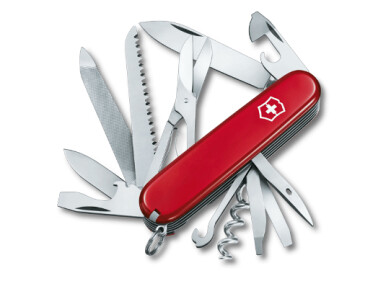Laboratory products
Freeze Drying vs Spray Drying - What's the Difference?
Mar 03 2022
When it comes to preserving the physical and chemical integrity of clinical samples, freeze drying and spray drying are two of the most effective methods. That said, there are some major differences between the two. Read on to find out more about freeze drying vs spray drying and how they’re used across a wide range of industries, from pharmaceuticals to food and beverage.
Freeze drying
Freeze drying temperatures are generally below 0°C during the primary drying stage. During the process the ice crystal structure of the specimen is manipulated to remove unbound H20 and moisture. For the secondary drying stage temperatures of between 20°C and 30°C are used. This process removes excess bound water and is more energy intensive. The secondary stage is carried out in a low atmospheric pressure environment, which forces ice to transform into water vapour. Depending on the sample type, the lyophilisation cycle can take anywhere from a matter of hours to several days.
In the biopharmaceutical sector, freeze drying is considered a gold-standard method for preserving formulations. Also known as lyophilisation, the technique is a highly effective and reliable way to conserve the integrity of liquid samples and overcome challenges associated with transport and storage. Freese drying is also used to transform liquid samples into solid form, which is often better suited to laboratory analysis.
Spray drying
Spray drying relies on heat and generally involves temperatures of 80°C or higher. It’s often a more cost effective alternative to freeze drying and offers similar results and the capacity to meet the demands of higher throughput laboratories.
Unlike lyophilisation, spray drying transforms a liquid sample into a dry powder in a single step. After the sample is atomised, miniscule droplets are sent into a chamber where they’re dried using hot gas. A cyclone is used to collect dry particles, which form the final spray dried product.
While useful for some applications, spray drying relies on high processing temperatures and extreme force. This makes the method unsuitable for applications where preserving the original properties of the sample is a priority. For example, spray drying can affect properties such as taste, smell, colour, nutritional value, bacterial content and protein concentrations.
Choosing between the two
Cost is one of the biggest factors considered when choosing between freeze drying and spray drying. Generally, spray drying is a cheaper, faster and more energy efficient alternative to freeze drying.
The non-destructive nature of freeze drying makes it the technique of choice for applications such as biopharmaceutical research and analysis, where preserving different cell types is key. It’s also widely used to store and transport injectable vaccines, as well as in the food and beverage industry.
In comparison, spray drying is ideal for bulk applications and robust products. In some cases, it’s also a good choice for complex specimens such as nanoparticulate matter and microencapsulated bacteria.
Find out more about freeze drying, as well as other techniques used to move specimens from A to B in ‘Sample Transportation in Laboratory Explained’.
Digital Edition
Lab Asia 31.6 Dec 2024
December 2024
Chromatography Articles - Sustainable chromatography: Embracing software for greener methods Mass Spectrometry & Spectroscopy Articles - Solving industry challenges for phosphorus containi...
View all digital editions
Events
Jan 22 2025 Tokyo, Japan
Jan 22 2025 Birmingham, UK
Jan 25 2025 San Diego, CA, USA
Jan 27 2025 Dubai, UAE
Jan 29 2025 Tokyo, Japan

.jpg)

















